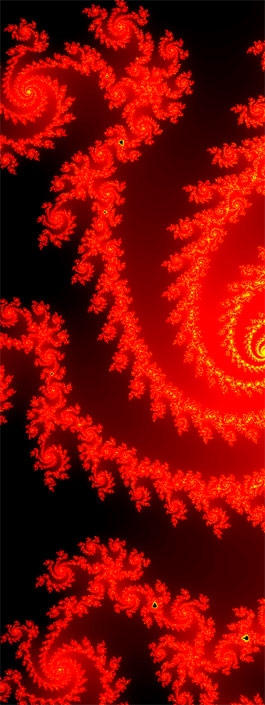Complexity theory has rapidly developed during the last 20 years, initially from an interest in general system theory whose application to the social sciences began in the 1960s.

Cities are the quintessential example of such complex systems. Their patterning in spatial terms across many scales is highly ordered but the evolution of such patterns does not depend on some centralised authority, some hidden hand, except insofar as such a hidden hand emerges from the uncoordinated actions of individuals. Planning and design of cities is thus the exception rather than the rule and where planning has altered the shape and structure of cities, its impact is across a limited range of scales and sectors.
Key themes were developed which reflect key issues in representing cities as complex systems.
First, the evolution of city systems was examined in terms of city size distributions where the process of ordering such sizes leads to patterns of ‘terrifying exactness’ as seen in scaling laws such as the rank-size distribution of city sizes. Scaling is the example par excellence of complexity in that a variety of randomly structured processes have been discovered that lead to scaling. These ideas build on all the key components of decentralised systems, beginning with traditions in social physics which are now being rapidly extended from systems that deal with location to those that deal with interactions and networks.
Second, the role of networks in the evolution and structure of city systems was explored. Network science has recently undergone a revolution within sociology and physics and many of its findings pertain directly to the physical structure of cities. The project developed two features of networks: first the application of network ideas to the evolution of city size distributions which naturally build on ideas of scaling and random growth; and second the development of measurements of network structure in cities, namely at the level of street geometries which provide new tools for examining propinquity and accessibility at the local level.
Third, the development of processes of urban development that build on ideas of scaling, urban evolution and network structures were illustrated. Two kinds of models were developed: models of urban development at the metropolitan scale where activities and individuals are articulated in cells which act on one another locally to generate the patterns and trajectories of urban change and development; and models of a more individual nature where individuals are considered as autonomous agents whose decisions guide development and movement at the local scale.
 Close
Close

